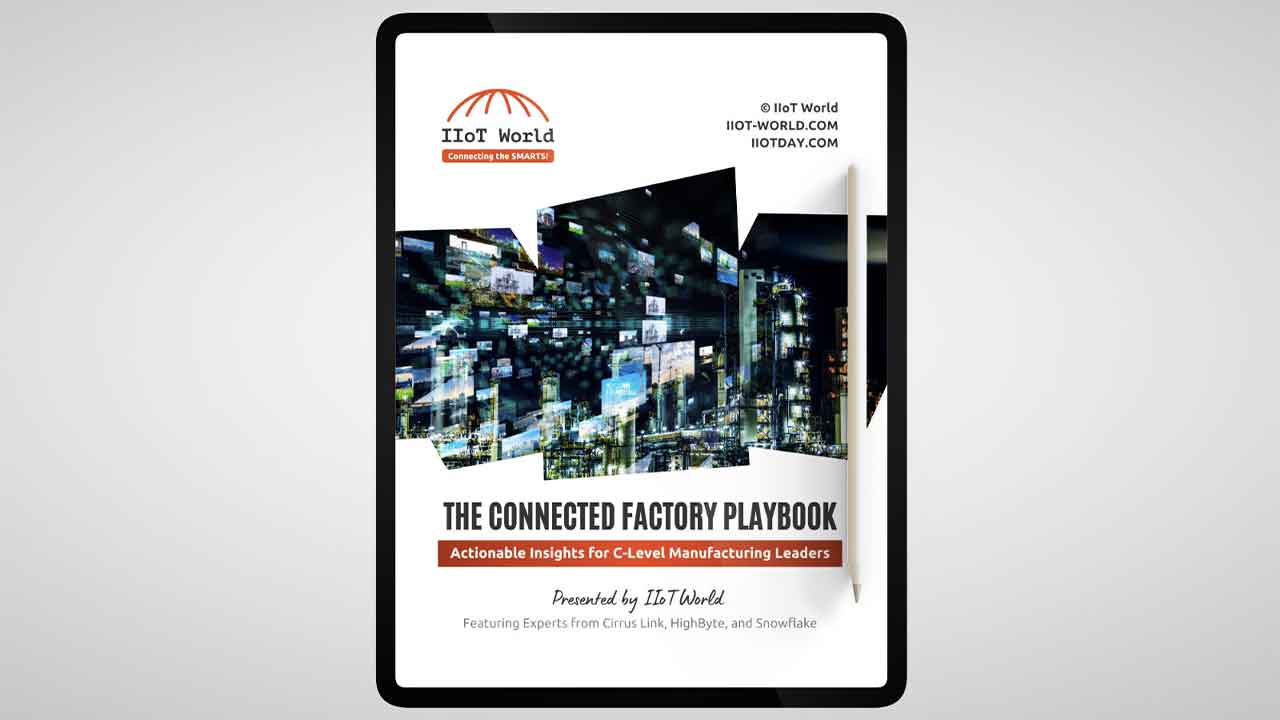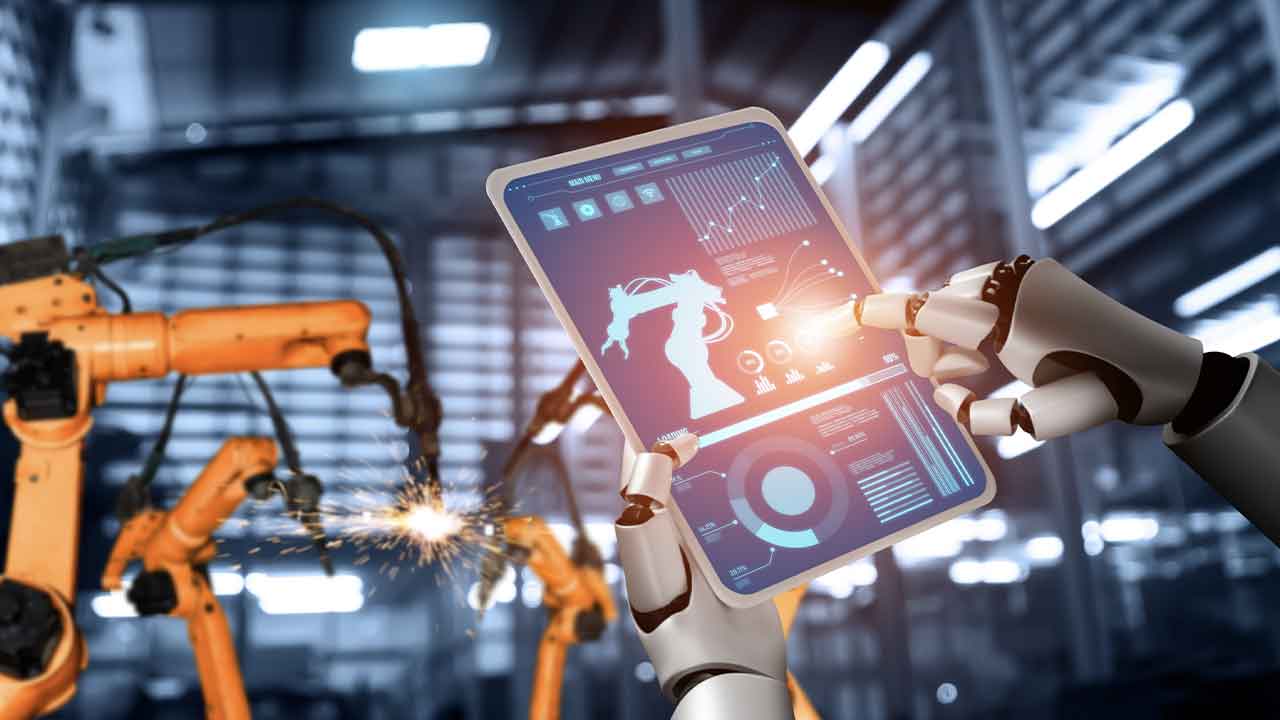How Digital Twins Are Revolutionizing Warehousing
Between labor shortages and supply chain issues, the warehouse industry is under considerable pressure right now. Production lines are struggling to keep up with demand and rarely possess enough staff to adapt to rapidly changing market conditions.
To keep up, warehouses need to look towards automation and new technology to help fill the gaps in production. Global warehouse automation is expected to double over the next four years so if you’re not already considering automation, the time is ripe to do so. Otherwise, you may not be able to keep up with the competition.
One of the best automation tools out there is the digital twin. A digital twin is a virtual replica of a real-life environment that can be used to test different conditions on a production line. Digital twins can increase warehouse efficiency by an estimated 25 percent by streamlining complex operations and ensuring managers have a full overview of their warehouses.
So how does one go about building a digital twin? And how do you maximize its potential? Let’s take a look.
How digital twins work in the warehouse industry
The warehouse industry is complicated and running an efficient warehouse is a massive operation. So many pieces of intricate machinery and dozens of people are involved. With the ever-increasing demand to process goods at lightning speed, it can feel impossible to keep up.
Digital twins have revolutionized the warehousing industry by incorporating machine-learning technology. Digital twins use a combination of warehouse data and IoT systems to create a real-time, accurate visual representation of the warehouse. Managers and workers can then view the digital twin in a computer program that shows a 3D replica of the space.
Digital twins collect data about various elements of the real environment – including physical dimensions, traffic patterns, personnel movement, materials and equipment locations – to help users project how any changes would play out in the real warehouse. The system can then simulate the effects of adjustments such as adding or removing staff, implementing new technology, or changing the floor plan of the warehouse. And it does this without users having to deal with the productivity drag of experimenting with massive changes.
These digital twins are so much more than merely replicas. Digital twins work simultaneously with the real-time environment to create the simulation. Since these systems are essentially part of larger IoT systems, the program pulls data from all over the warehouse using sensors placed throughout the building. They can also pull data from digital data storage such as the company’s cloud and internal communications.
Digital twin options in warehouse industry
If you’re interested in implementing a digital twin, the first step is to identify your company’s needs and capabilities. What data will be required for the digital twin to run? Who will be operating the program? Will you be replicating the entire operation or just a section of it? The answers to all of these questions will guide the design of the digital twin for your optimal needs.
Types of digital twins in warehouse industry
There are several different kinds of digital twins that have different methods of compiling information for the digital simulation. However, each type serves the same purpose: collecting information to create an accurate replication of an environment to monitor operations and to test out possible changes.
Component twins
Component twins replicate just a single part of an entire system. Component twins are optimal when there is a single piece of machinery that can disproportionately affect production. Component twins are great for testing out different scenarios and predicting when the machinery will need servicing. For example, car companies can use a component twin to test how changing one small aspect of a car – for instance, the shape of the front bumper – will affect the overall functionality of the vehicle. The system can show the effects that the bumper has on aerodynamics, gas mileage, speed, etc.
Asset twins
Asset twins examine how individual components affect each other within the entire production process. Continuing with the car example, asset twins could simulate the different components that make up the engine – like the pistons and gaskets – to demonstrate how those parts work together to make the whole engine work efficiently. Engineers can then play around with different variables to simulate changes to the engine. These variables might include the number or size of the components or the amount of gas running through the engine.
System or unit twins
This type of twin combines component and asset twins to get an even bigger picture as to how things run as a whole. System twins use more data and components to get an overall idea of how all the components work together. Looking at the car example again, this digital twin might encompass every part of the car, rather than individual parts, to simulate the performance of the entire vehicle.
Process twins
These are the all-encompassing digital twins that combine all of the other twin types to replicate the production process from start to finish. Process twins build the most thorough and detailed replica and are highly complex programs that will normally require a specialist to create. Process twins might be used, for instance, to replicate entire cities. The city of Las Vegas, for example, uses a process twin to simulate everything from changing traffic patterns to the ramifications of adding a new casino to the strip.
The final step to crafting a digital twin is exploring vendor options. There are many different companies out there with different programs to help you build your digital twin. If you’re looking to build a component or asset twin, there are programs that allow you to install the twin yourself. But once you get to a system or process twin, you will likely want to hire a third-party company to help build and run the simulation.
The bottom line
Your main concern is the profitability and efficiency of your business. The great news is that digital twins produce a 30 percent reduction in the time it takes to implement a major change, which saves your company money and generates a great return on investment. Digital twins have been so beneficial to the warehouse industry that experts expect digital twins to become a standard feature by 2025.



